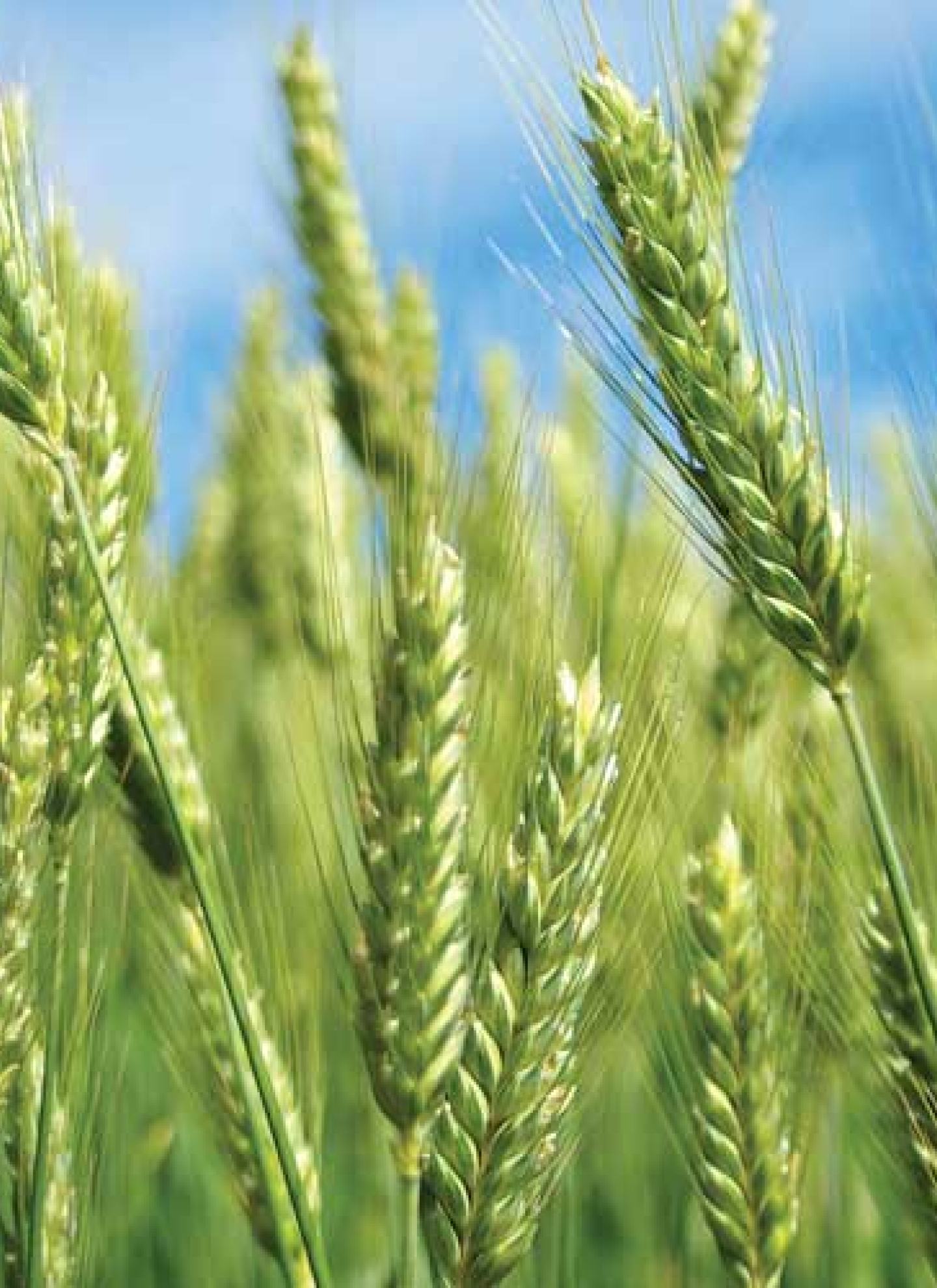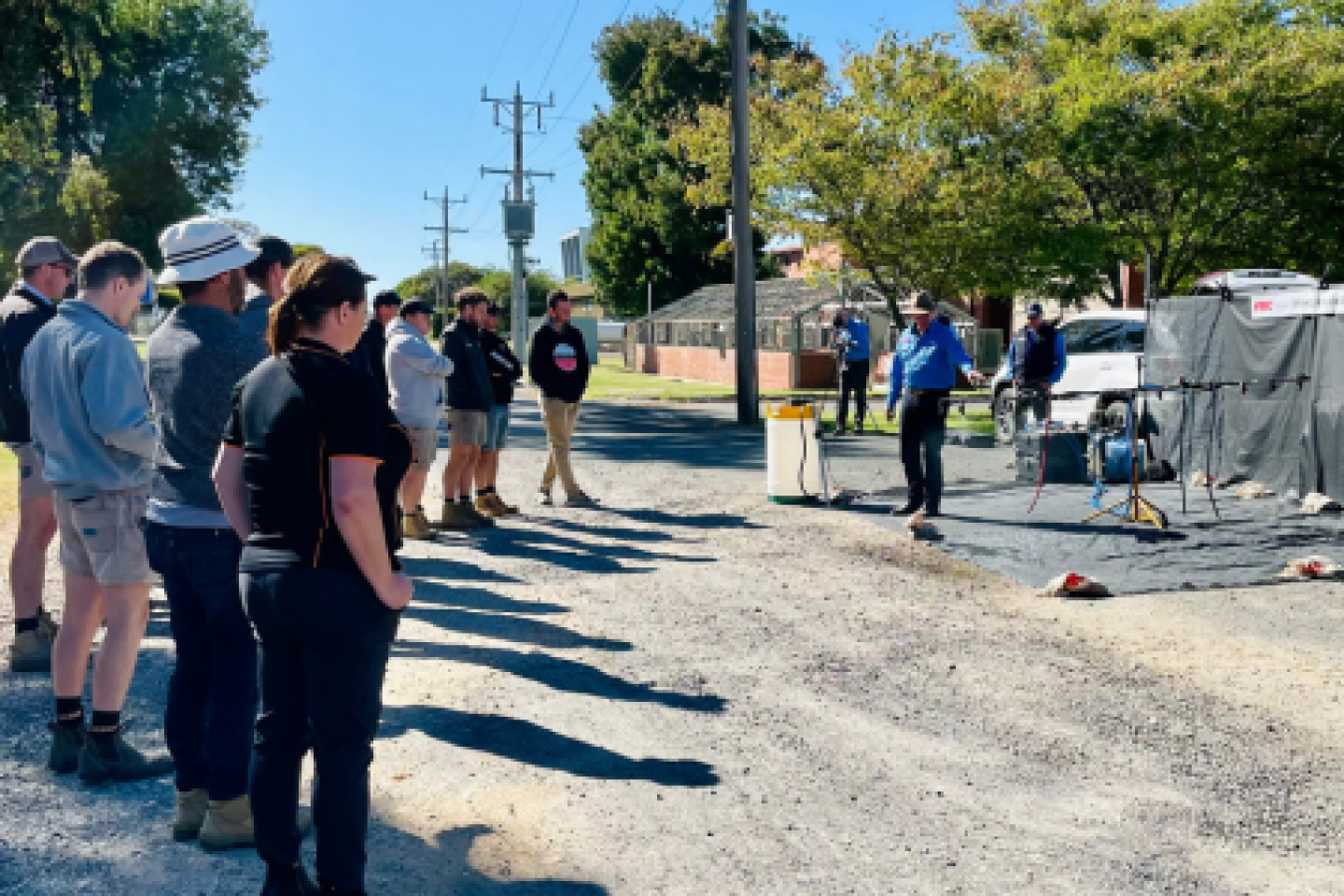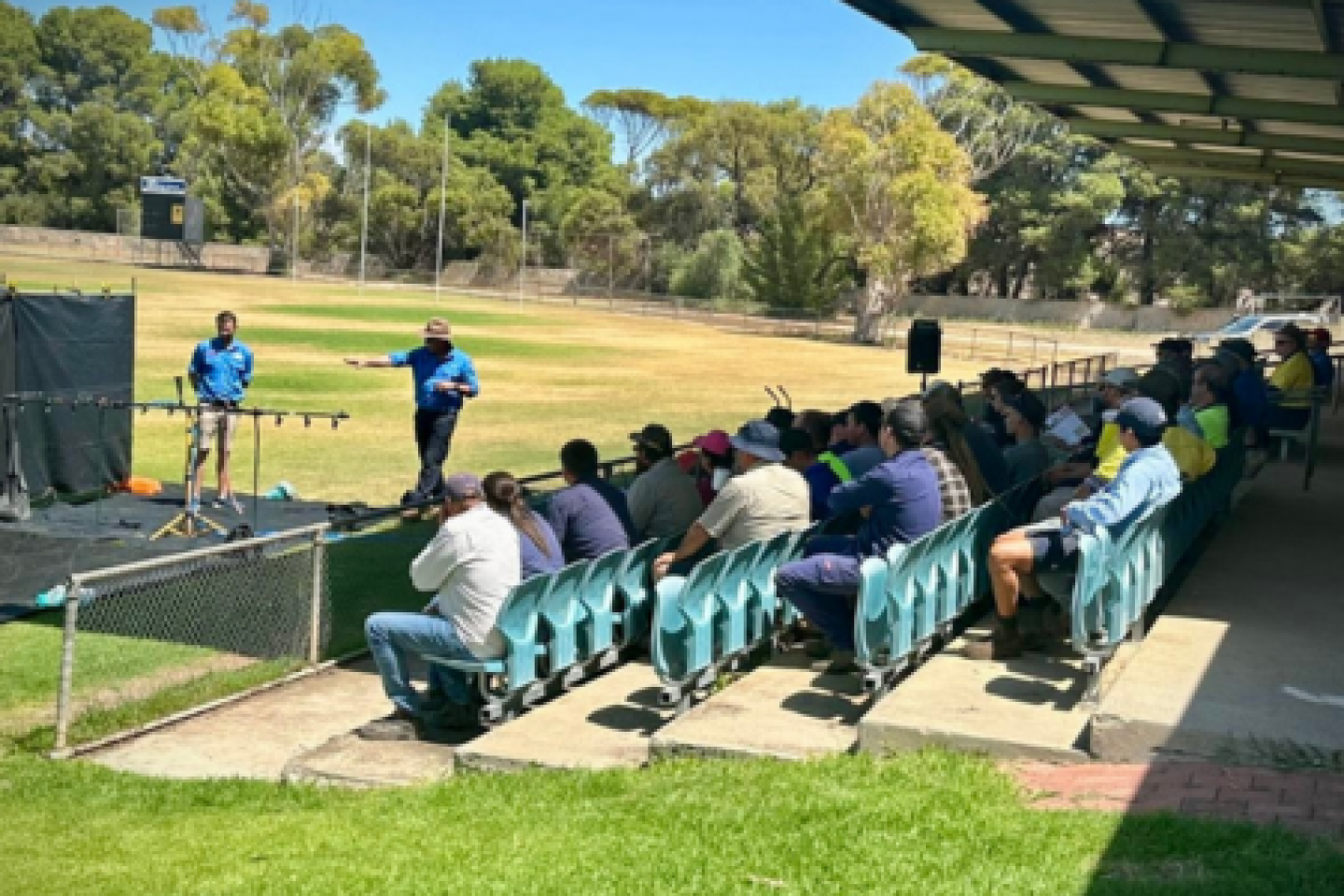The better-than-average seasons across southern NSW in recent years have resulted in an increase in the annual ryegrass seedbank in many paddocks This has highlighted the need to look at a wide range of weed control strategies.
Agronomist Nick Hunt, from Nutrien, West Wyalong said the wet conditions have been good for crop yields but also annual ryegrass.
“We have seen some pretty heavy ryegrass loads get through some crops – particularly crops that have failed on low-lying country,” he said. We’ve had to come up with strategies to deal with some of the ryegrass numbers going forward.”wet
He said there was a build-up of weed seed in some areas due to the wet conditions of the last few years and this was one of the big challenges coming into the 2023 season.
Crops in the area are predominantly wheat, barley and canola with faba beans, vetch and narrow-leaf lupins also grown as rotational options.
The western areas were more marginal so there were ebbs and flows in the amount of break crop utilised, including canola.
Other options, including a 12-month fallow, have been utilised for risk mitigation and to conserve moisture and address the weed burden.
Growers are spraying straight after harvest, utilising double knock options, and averaging two or three herbicide applications over summer as part of their weed control strategy.
Mr Hunt said pre-emergent chemistry options were vital in the fight against ryegrass.
“They’re essential going forward,” he said. “Pre-ems have you on the front foot. Once the crop comes up, you’re not chasing your tail. Ryegrass can do so much damage and if you have a wet period early in the season you can’t get back on the paddock in time to manage it. Also, the efficacy of our post-em ryegrass chemicals is decreasing – we are definitely seeing that, and there are also areas where none of them work.”
He said the more marginal areas had traditionally based their pre-emergent herbicide options around Treflan* with Sakura* and Boxer Gold* rotated in for well over the past decade.
Propyzamide in canola has also worked but there has been a need to look at other chemistry options as well.
This season Mr Hunt recommended Overwatch® Herbicide to many of his farmers to control ryegrass and change to a different herbicide mode of action.
Overwatch® is a Group 13 herbicide providing a different mode of action option for the control of ryegrass and a range of broadleaf weeds.
“I just saw it as a year where we can use a good quality pre-em, like Overwatch® Herbicide from a completely different chemical Group than what we've used in the past. This has added more diversity to our chemical rotation," Mr Hunt said.
“This year I’ve predominantly used it in wheat. I think it is a good tool to provide that knockout punch and really get your ryegrass numbers down.”
Overwatch® Herbicide is registered for use in wheat, barley, canola, faba beans and field peas.
“For growers that haven't used it in the past, the wheat phase is a good way of getting exposed to Overwatch®,” Mr Hunt said.
Overwatch® can have some effect on crops seen as transient bleaching under certain circumstances. He was keen for growers to understand this and work toward minimising any impact.
“Wheat is one of the more tolerant crops. I wanted to make sure my growers know about seeding depth, seeder set-up and avoiding excessive soil throw by not planting too fast. I’ve been clear about this and the results have been good.
For my growers the only places we've seen any decent level of bleaching is at the end of a run where the planter is coming up out of the ground, or a crossover in the headland. There havebeen no concerns really to report."
Mr Hunt said Overwatch® Herbicide was really good at holding the ryegrass at bay early. There hasn’t been any need for follow-up with a post-emergent herbicide option.
“Most of our post-em sprays has just been a late mop-up broadleaf weeds and a stripe rust spray at the same time,” he said.
He also mentioned the distinctive pink colour the Overwatch® affected ryegrass turned, prior to dying.
“I definitely took a few photos of that this year to show and tell. One thing that growers have said is you can actually see that it's working versus some of the other chemicals where you don't ever see the weeds come up. It is a visual representation of what it's doing."
Going forward Overwatch® Herbicide will be considered on other crops as growers become more confident in its use and look at the need for more diversity in their rotation.
“While wheat is the first one I've used it in so far we'll look to use it in other crops such as faba beans and canola in the future."
“This is a unique mode of action herbicide that we need to find a place for in the rotation. This will help with the longevity of all the other chemistry while keeping ryegrass numbers low."



